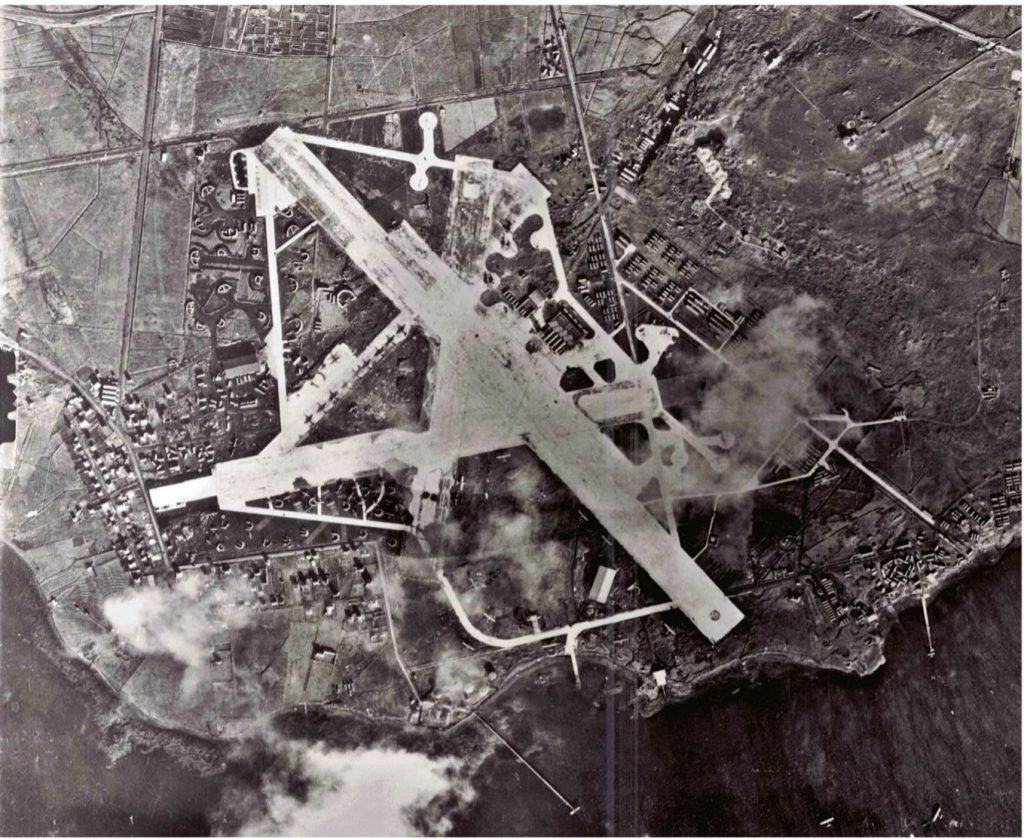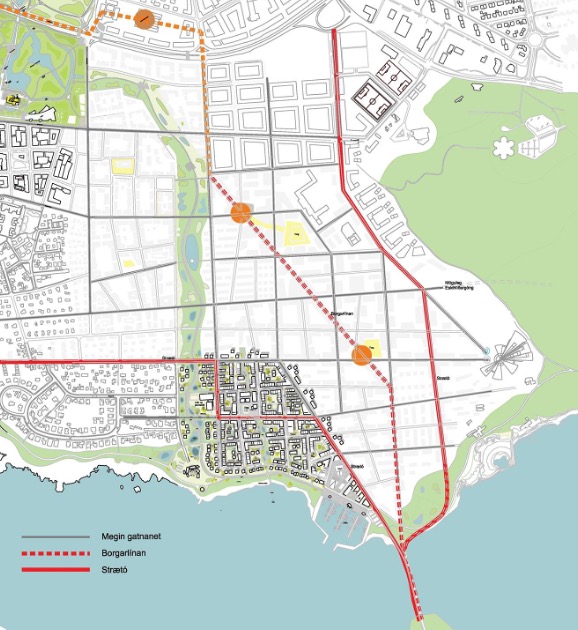Figure 1. People at Tempelhof, Berlin. Source: Hanohiki. (2012, 01. May). Berlin, Germany – May 01, 2012: People at “Tempelhofer Feld”, the former airport of Berlin-Tempelhof which is now a public park. Shutterstock. https://www.shutterstock.com/image-photo/berlin-germany-may-01-2012-people-452965768
by Anna Guðný Gröndal
Introduction
In a world where the concept of time holds significant sway over our daily lives, time is a strange concept that is perceived differently by people, with varying meanings across cultures. However, there is at least one place where time plays a key role: airports. Airports exist in a dimension where time and space take on intriguing qualities. They demand everything to proceed precisely, within restricted spaces that permit entry or exit only with proper authorisation. These restricted areas have a past, present and future within the community in which they operate. This blog post explores what happens when airports relocate or are closed down.
In these situations, a substantial amount of land becomes available for new purposes. That is the case in Reykjavík, Iceland. The municipality is pressuring the relocation of the domestic airport due to its valuable location – near the city centre – for urban development. The airport’s future location is in dispute and remains put for now. This prompts the question: What should be done with the land and its buildings were the airport to relocate? Is there any heritage value associated with these industrial and transportation hubs? The possibilities for reusing the land are vast, with the airport’s location playing a pivotal role in shaping future plans for the area. As we explore the impact of airport closures, it is evident that some areas undergo a complete transformation while others retain some, or all, of the airport’s infrastructure, as highlighted by Pijet-Migoń (2019).
About this Blog series & the Heriland Blended Intensive Programme
The Blogs in this series (March-July 2024) were written by graduate students and early career professionals who participated in the Heriland Blended Intensive Programme “Heritage and the Planning of Landscapes” in October 2023 in Amsterdam, The Netherlands.
Are you interested in participating in the next iteration of the Heriland Blended Intensive Programme, “Heritage and Landscape Futures”, in Gothenburg, Sweden, in October 2024? Visit: Heriland Intensive Blended Program- Heritage and Landscapes Future
or contact Niels van Manen: n.van.manen@vu.nl
Fates of Closed Airports
The fate of closed-down airports reveals contrasting approaches to their post-operational landscapes. Croydon Airport in London closed down in 1959; once a pivotal player in WWII, it has largely vanished beneath the tide of urban renewal. It is described as “London’s lost airport” (Kendrick, 2023). Amidst the bustling cityscape, Croydon Airport’s historical significance has faded. Only a few structures and a Grade II-listed remnant of its terminal remain (Kendrick, 2023). In stark contrast, Tempelhof Airport in Berlin closed in 2008 and now serves as a 386 hectare public park. The history of the former airport is not only visible but embraced. The grand terminal building and runways have become a living testament to Berlin’s vibrant history and an integral part of its identity (Arneson, 2022). After a community initiative, a referendum was held to determine the future use of Tempelhof. The outcome was to preserve the park and reject urban development (Fahey, C., 2015). While Berlin acknowledges and preserves the memory of its aviation heritage, London’s experience highlights the risk of fading historical traces when these traces are not actively protected and made visible to the public. These divergent approaches underscore the importance of conversation on what to preserve and how, as well as the question of what is the identity of the city. Is industrial heritage (including transportation hubs like airports) part of the urban heritage and identity of the city?
The case of Reykjavík Domestic Airport
Reykjavík, the capital of Iceland, is experiencing rapid growth and the pressure for new housing is high. That presents a challenge between urban development and cultural heritage preservation. As a relatively young city, Reykjavík has not had a long history of heritage preservation in urban planning. At the heart of the city lies Reykjavík Domestic Airport, covering a 150-hectare area (Grapevine, 2008 p. 11). The airport was established during World War II and is situated in an area that harmoniously combines history and nature, featuring a flat expanse, wartime airfield, coastal landscape, and an adjacent bird sanctuary. In a sense, time seems to have stood still in this area, even though it is utilised daily. The overall appearance of the area has remained relatively unchanged over the past 80 years.


Stakeholder Perspectives
City officials persistently advocate for airport relocation and redevelopment of the surrounding area into a residential zone. In contrast, the national government argues for retaining the airport’s current location, emphasising its proximity to essential services for the whole country like the national hospital. Public discourse has centred on whether the airport should stay in its current location or be relocated. In 2001, a referendum was held, with a 37.5% participation rate and revealing a closely contested outcome. 48.1% of the respondents favoured the current location, while 49.3% supported relocation. The outcome is illustrative of the debate that has endured over decades. Within the faction favouring relocation, the motivations are diverse, underscoring a spectrum of reasons behind their stance (Morgunblaðið, 2001).
Despite the uncertainty about the airport’s future, the municipality has begun urban development around it. The proposed plan, illustrated in Image 4, has faced criticism for landfilling, a substantial population increase, new roads, and increased traffic that would impact the current neighbourhood. Stakeholders, including nearby residents, have criticised the municipality for insufficient public engagement and lack of information (Sigurjónsson, 2016). In 2020, plans to demolish the airport’s oldest hangar faced protests. For now, the hangar will stay put at least while the airport is still in use, a city official has stated (Morgunblaðið, 2020). However, there has been a notable lack of conversation with the public and other stakeholders, particularly in the initial stages of the planning process, on what could be done with the area.

The future and heritage
In the debate over the airport, the discussion on heritage value and landscape characterisation has been absent. In my opinion, as a long-term resident of Reykjavík and a student of Cultural Heritage and Sustainability, it’s time for the airport to find a new location. However, transforming this area into a residential area risks erasing its heritage and history entirely. Could the area become something other than an urban residential area? Could it take Tempelhof as an inspiration? Or, would it be possible to integrate the area’s history, heritage, and characterisation into the future urban plan? For example, preserve green spaces and adaptive reuse of the airport’s buildings as cultural hubs, museums or innovative spaces. Such strategies would imply preserving the past while embracing the future. The approach advocated by the UNESCO Recommendation on the Historic Urban Landscape HUL could be valuable in this process. This approach considers the entire human environment, including tangible and intangible elements, to improve sustainability in planning and design by integrating the built environment, heritage, diversity, socio-economic factors, environment, and local values (UNESCO, 2013).
Conclusion
In conclusion, regenerating Reykjavík’s domestic airport area is not just a logistical challenge but a cultural and historical endeavour. It demands a delicate balance between progress and preservation, urban development, culture, and natural heritage protection. I therefore advocate viewing the airport area as interconnected threads in the city’s heritage tapestry and in a dialogue with various members of the community. This perspective can pave the way for the airport’s buildings to find new purpose as cultural hubs, museums, or innovative spaces, preserving the past while embracing the future.
A notable concern in the current planning process is the lack of dialogue with the public and other stakeholders, possibly due to predetermined decisions by the city and an eagerness to avoid complexity. Preserving substantial parts of this area for green space and public parks is essential in my view, ensuring a harmonious coexistence between urban life and nature. As for now, the future of the domestic airport in Reykjavík is uncertain. Therefore, the area’s regeneration will be done in parts until the airport is relocated. As the land development plan is still in progress, I think there is an opportunity to evaluate the potential and usage of the land with a holistic approach, such as HUL. This land is valuable and is an interesting space. It would benefit the community to consider the area as a whole and in a dialogue with the community. The choices we make in balancing progress and preservation, in harmonising urban development with cultural heritage, will shape the narrative of our city for decades to come.
Bibliography
- Arneson, K. (2022, 1. November). Tempelhof: The single site that embodies Berlin. BBC. https://www.bbc.com/travel/article/20221031-tempelhof-the-single-site-that-embodies-berlin
- Björnsson, S. B. (Ed.). (2008, 7. March). 102 Reykjavík: A vision for the future. Grapevine, 10-11. https://timarit.is/page/5799285
- Fahey, C. (2015, 5. March). How Berliners refused to give Tempelhof airport over to developers. The Guardian. https://www.theguardian.com/cities/2015/mar/05/how-berliners-refused-to-give-tempelhof-airport-over-to-developers
- Kendrick, L. (2023, 15. October). Croydon Airport: Discover The Secrets of London’s Lost Airport. London X London. https://www.londonxlondon.com/croydon-airport/
- Morgunblaðið. (2001, 3. February). Samtök gegn flugvelli í Vatnsmýrinni verða stofnuð. Morgunblaðið. https://www.mbl.is/frettir/innlent/2001/02/03/samtok_gegn_flugvelli_i_vatnsmyrinni_verda_stofnud_/
- Morgunblaðið. (2020, 6. June). Engin áform um að raska skylinu. Morgunblaðið. https://www.mbl.is/frettir/innlent/2020/06/06/engin_aform_um_ad_raska_skylinu/
- Pijet-Migoń, E. (2019). Former airports in the landscape of European cities. Dissertations of Cultural Landscape Commission, No. 41 (1), 111–129. DOI:10.30450/201907.
- Sigurjónsson, Kristján. (2016, 19. August). Ekkert samráð við íbúa í Skerjafirði. RÚV. https://www.ruv.is/frettir/innlent/ekkert-samrad-vid-ibua-i-skerjafirdi
- UNESCO. (2013, 2. July). New life for historic cities: The historic urban landscape approach explained. Unesco. https://whc.unesco.org/uploads/news/documents/news-1026-1.pdf
- Viðskiptablaðið. (2010, 6. September). Viðhald á flugstöðinni á Reykjavíkurflugvelli er í lágmarki. Viðskiptablaðið. https://vb.is/frettir/vihald-a-flugstoinni-a-reykjavikurflugvelli-er-i-l/
About the author
Anna Guðný Gröndal is a graduate student at Uppsala University, specialising in Cultural Heritage and Sustainability. This blog post is an extension of her ongoing master’s thesis, exploring the intersection of urban development, cultural heritage preservation, and the sustainable transformation of spaces.
Contact the author: aggrondal@gmail.com

